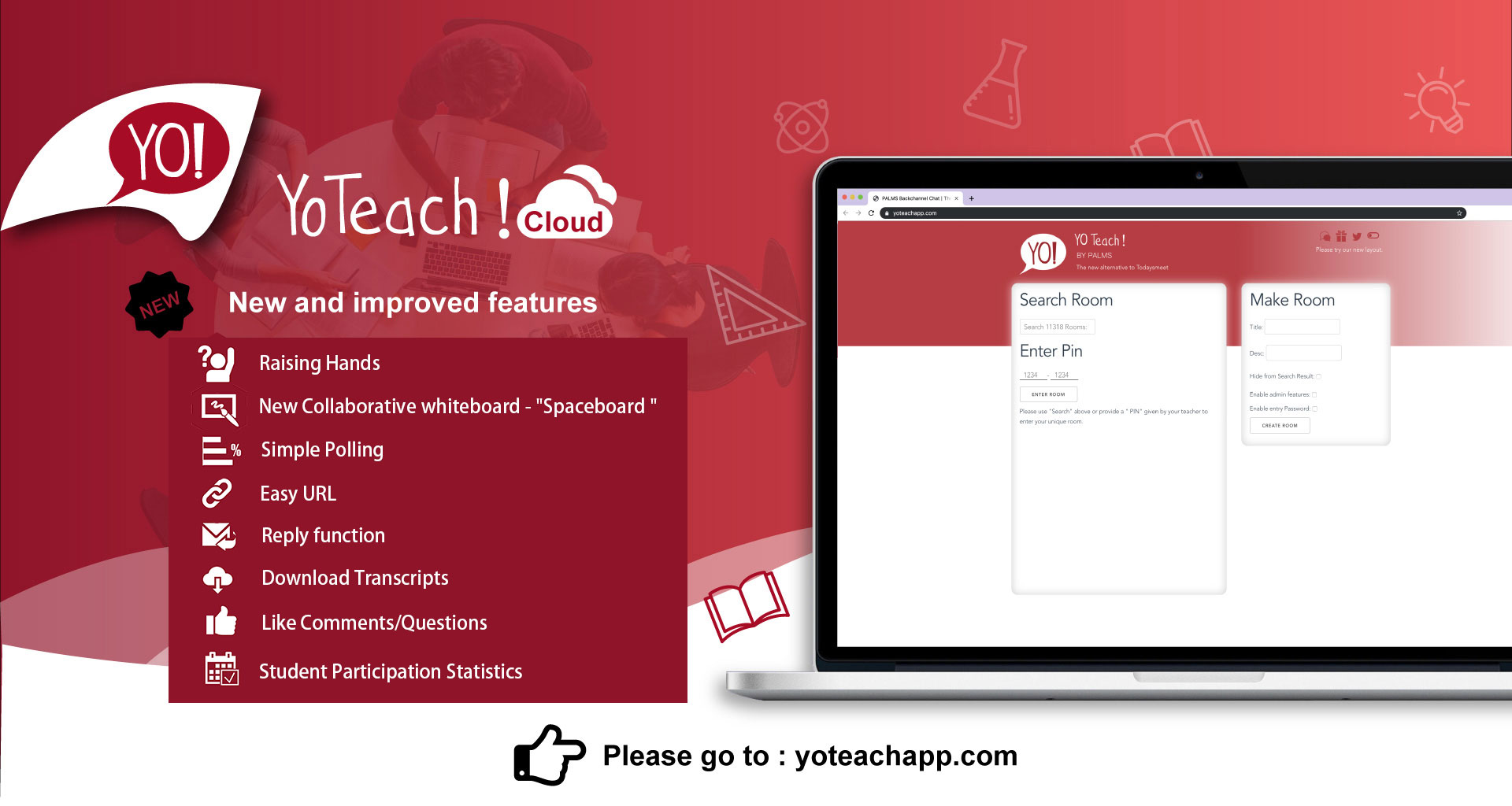Fostering an effective discussion can be a challenging activity for a teacher in a face-to-face situation and can be even more challenging in an online setting. In this sixteenth post of a seventeen part series we will look at some planning and facilitation strategies to help you to successfully implement collaborative discussions into your own classes or staff workshops.
Strategy for Generating Ideas
This engages the group in movement and collaborative learning.
It infuses physical energy and is designed to link and extend knowledge and experience as small groups move from chart to chart generating information and building on previously constructed ideas.
Carousel Brainstorming
- Small groups (3-4) with each having a different colored marker.
- Chart paper up on walls with question/topic on each.
- Each group starts at one chart then moves around the room to add more info to each chart at 4-5 mins for each station.
- Once back at 1st chart, group reviews info and summarizes it for the whole class.
- Edtech tools and Resources that can be used in the classroom, in a hybrid model, in a blended environment or completely virtual:
- ReadWriteThink has brainstorming and reviewing lesson plans.

- A Google Document can be used where each page would have a different question already posed and students adding their perspectives. One student could be the recorder of their group – everyone can be sharing out loud while the recorder adds the information in a colored text. Then the group moves to the next page, etc. This can be done in-class or during a GMeet in a breakout room.
- Google Slides can be used in a similar fashion with breakout groups of students each working on the slide at the same time using Voice Comments and Text Comments. This can be done in-class or during a GMeet in a breakout room.
- Jamboard – each frame could have the posed question and the recorder can enter the information onto the specific frame. Students move onto the next frame after the time limit has been reached. This can be done in-class or during a GMeet in a breakout room.
- ReadWriteThink has brainstorming and reviewing lesson plans.




















